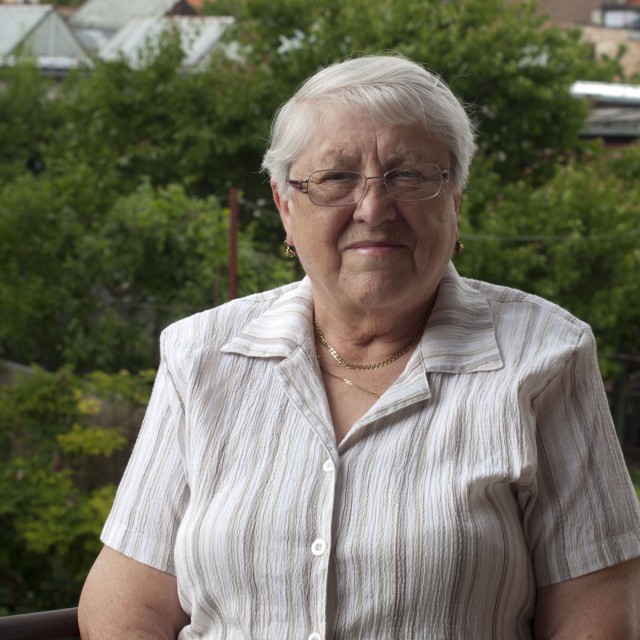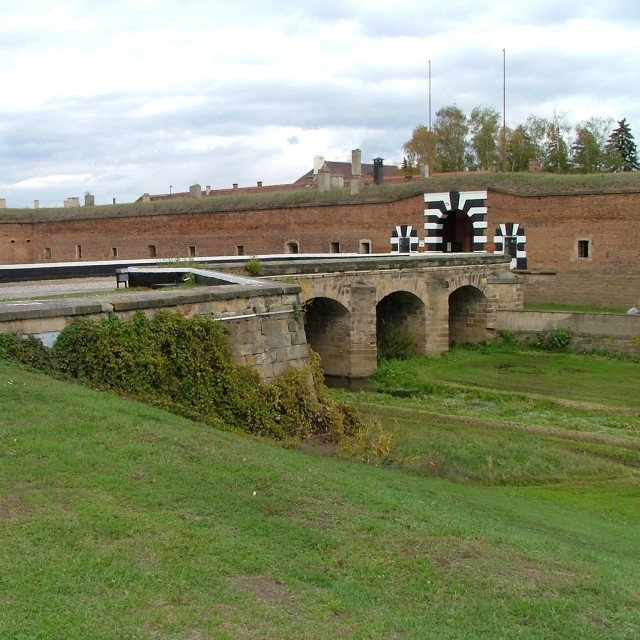Problematic Liberation of Terezín
When the first Soviet troops arrived on May 8, 1945, to liberate the Small Fortress in Terezín, they were enthusiastically welcomed by all. Yet the fact that the liberators opened the gates of the Small Fortress and freed the wretched prisoners was a sign of very irresponsible behavior, since a highly contagious spotted fever epidemic was culminating there at that time. The Soviets underestimated the possibility that the ill and food deprived prisoners could start for the nearest villages to get something to eat. This of course meant the danger of spreading the epidemic among the civilians. Moreover, the prisoners that managed to get some food in the end often died anyway, because their bodies were not able to accept that food. Taťána Bubníková, a fifteen-year-old girl at that time, recalls the end of the war: “Those poor souls were so scrawny and they immediately started to go to Bohušovice. And we were all so scarred of the spotted fever; we did not want to get infected.” In the end this very problematic situation resulted in a conflict between the civilians from Bohušovice and the prisoners. The witness continues: “In the end, the men from Bohušovice stood guard in the streets and attempted preventing the poor prisoners from entering. The worst came when the prisoners got some sticks and started to beat our men. They simply could not understand that they cannot get any food, because otherwise their intestines would explode.”
Hodnocení
Hodnotilo 0 lidí
Routes
Not a part of any route.
Comments
No comments yet.







